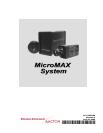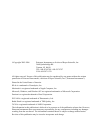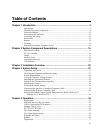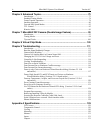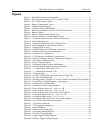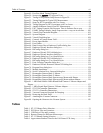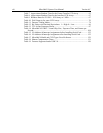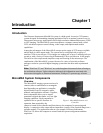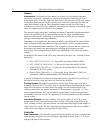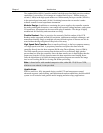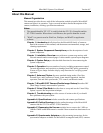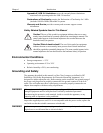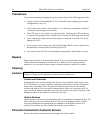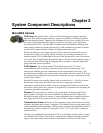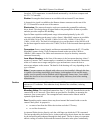
Chapter 1
Introduction
Introduction
The Princeton Instruments MicroMAX system is a high-speed, low-noise CCD camera
system designed for demanding imaging applications and is an optimal system for use in
fluorescence microscopy applications such as high-resolution immunofluorescence, FISH
or GFP imaging. The MicroMAX system incorporates a compact camera head, cooled
CCD, advanced exposure-control timing, video output, and sophisticated readout
capabilities.
Among the advantages of the MicroMAX concept are the range of CCD arrays available
and the built-in video output m
ode. The system can be configured with a variety of
interline CCDs to provide true 12-bit images at a readout rate of up to 5 million pixels per
second or with a variety of front or back-illuminated CCDs to provide true 16-bit images.
The built-in video output mode simplifies setup and focusing on the microscope. The
combination of the MicroMAX system with one of a variety of specialty software
packages results in a powerful digital imaging system that can meet most experimental
needs.
Note: "WinView/32" and "WinView" are used throughout this manual when referring to
the application software. Unless otherwise indicated, the information associated with
these terms also applies to Princeton Instruments' WinSpec/32 spectroscopy software.
MicroMAX System Components
Overview
The MicroMAX imaging system consists of a
camera (either a round head or a rectangular
head depending on application), controller,
digital interface card, a computer, cables,
manuals, and application software. Together,
these components allow you to acquire
quantitative digital data under very low light
imaging conditions. Each component is
optimized for its specific function. In
operation, data acquired by the
Figure 1. MicroMAX Cameras and
Controller
camera is routed to the controller and from there to the computer for processing and
display. A composite video output allows immediate viewing of the acquired images on a
separate monitor. The application software (for example, Princeton Instruments
WinView/32) allows the computer to control both the system configuration and data
acquisition.
9



